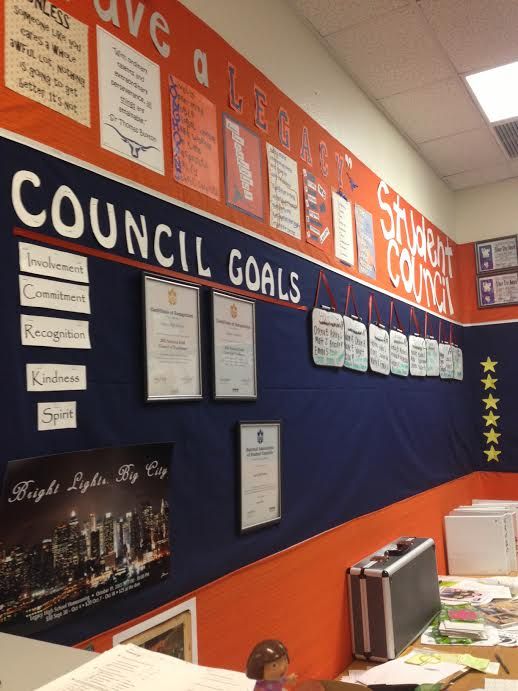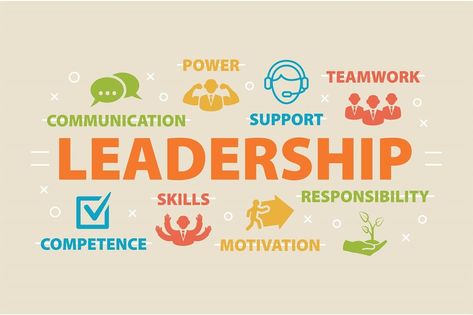Introduction
The education system holds a pivotal role in the future of our society. It empowers young minds and influences the direction in which our society progresses. School boards play an essential part in overseeing this system, managing budgets, setting policies, and making decisions that directly impact students and teachers. However, when the power entrusted to these governing bodies is abused or mishandled, it can lead to detrimental consequences for education and our communities.
Playing Politics with Education
One of the primary ways power is abused within school boards is through political maneuvering. Elected officials may use their positions to impose a personal agenda, seeking to control the curriculum or resources accessible to staff and students. Such actions can alter educational standards and create unequitable learning opportunities within schools.
Financial Mismanagement
School boards are responsible for managing substantial budgets dedicated to providing quality education for students. The abuse of this power might involve misappropriating funds or allocating them improperly. Embezzlement, nepotism, and unfair hiring practices can result from such malfeasance, with potential long-term financial ramifications for both individual schools and districts at large.
Lack of Transparency
Another problematic aspect of school-board power abuse lies in a lack of transparency in decision-making. When school boards act behind closed doors without input from stakeholders, including teachers, parents, and students, they undermine trust and accountability. This secrecy not only hampers community engagement but also leaves room for undetected corruption within the board.
Retaliation against Whistleblowers
In many instances where school-board power is abused, those who speak out against it face retaliation. Teachers, administrators, or parents who become outspoken about policy violations or ethical concerns might face dismissal or other adverse consequences for their opposition. This intimidation tactic discourages accountability while fostering a culture of fear that ultimately harms the education system.
Conclusion
The abuse of school-board power has lasting negative effects on the quality, equity, and transparency of our education system. When elected officials prioritize their personal agendas or succumb to corruption over the greater good of schools and communities, they undermine the foundation of society. It is essential to recognize the signs of power abuse within governing bodies and work together as a community to ensure a fair and just educational environment for all students.











